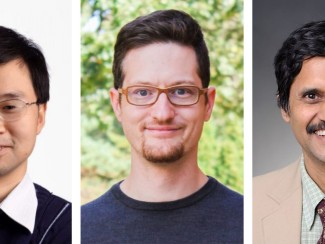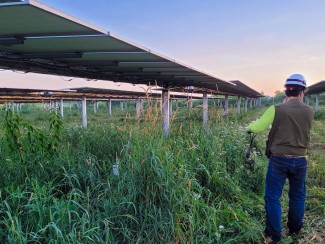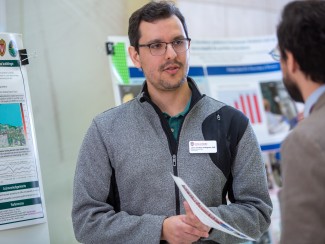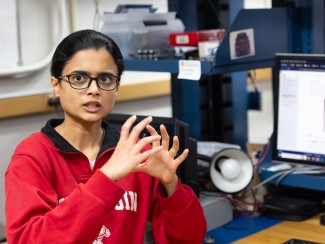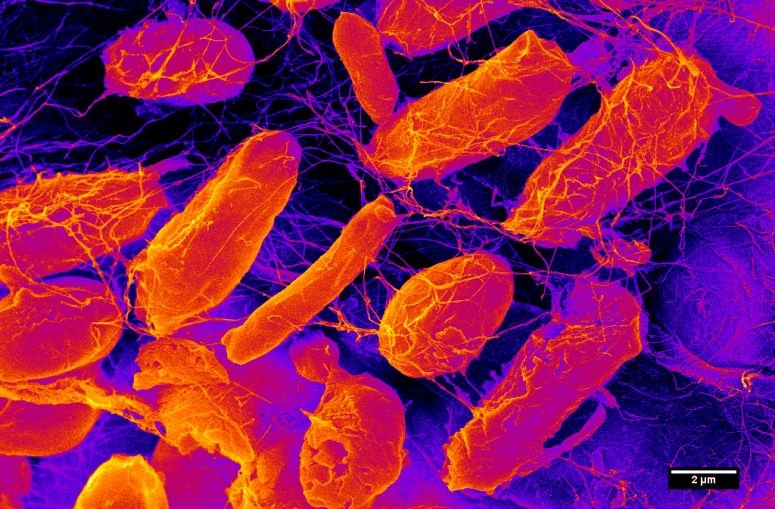
Since the 17th century, when Antonie van Leeuwenhoek first observed microorganisms through the lens of a rudimentary microscope, humans have slowly come to appreciate that ours is a germy world.
Through the ages with van Leeuwenhoek, Louis Pasteur and Robert Koch, the 19th century scientist who found that microorganisms could cause disease, human awareness of the microbial world and its importance has expanded to help underpin critical medical and agricultural discoveries, such as antibiotics and nitrogen-fixing bacteria, as well as to make us masters of the organisms that enrich our lives and diets through ordinary bread and wine.
In more recent years, microbes have proved their worth through things like polymerase chain reaction, a now common method to amplify DNA in the lab, in forensics and in medicine. The process depends on an enzyme from a bacterium retrieved from a hot spring in Yellowstone National Park in the 1960s and fuels billions of dollars in economic activity annually. In addition, the re-tasking of a natural microbial immune system, CRISPR, has enabled precise genome editing from microbes to plants and animals.

